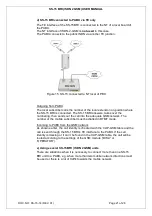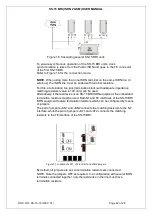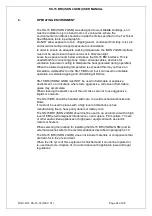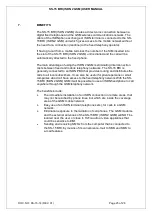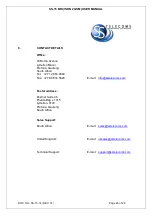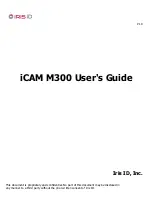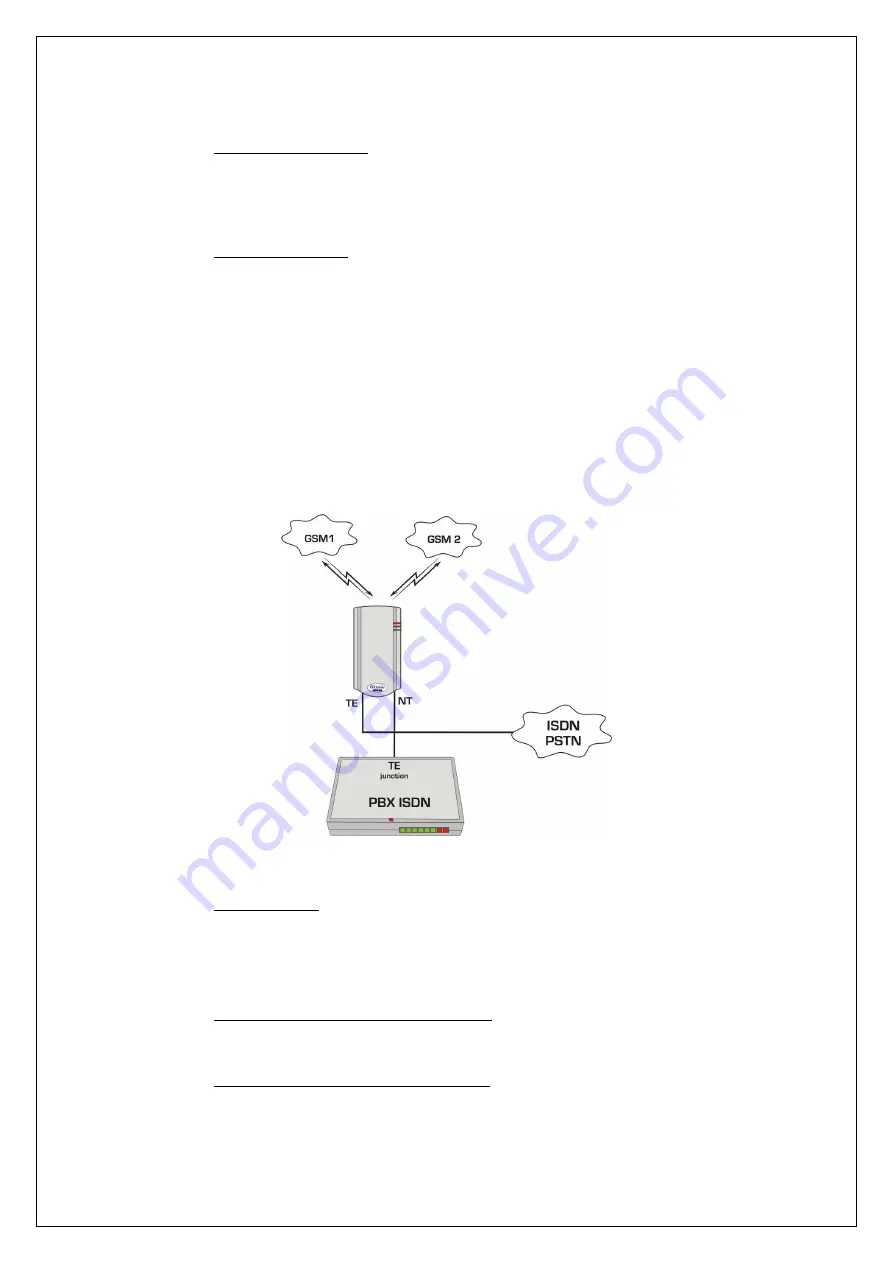
SS-15 BRI (ISDN 2 GSM) USER MANUAL
DOC. NO: SS-15-14 (REV. 01)
Page 20 of 26
Outgoing from PABX
The PABX unit verifies the number dialled and routes the call for the public
network through the dedicated interface and the call for the mobile network
through the SS-15 BRI’s NT interface. The SS-15 BRI unit selects one mobile
network operator to send the call.
Incoming to PABX
Calls get into PABX via TE connector. When an incoming GSM call comes in,
if the setting in the GSM window is Operator, the call will go to the local
extension from Target. From the PABX the call is considered to be a local call.
If the setting is DISA, the caller gets a DISA tone and can dial any local
subscriber. Calls can also be made from the public network, acting as a local
subscriber.
c) SS-15 connected to PBX on NT interface and to public ISDN via TE
interface
The public ISDN network is connected directly to the SS-15 BRI equipment
via TE interface. The NT connector is used to link to a TE junction of the
PABX.
Figure 14. SS-15 BRI inserted between PBX and public network
Outgoing calls
In this case calls coming from PABX junction through NT connector of ISDN-
2- GSM can be routed through one of the three directions: GSM0, GSM1 and
TE (which goes to the public ISDN network).
The routing is performed by the SS-15 ISDN-2- GSM unit.
Incoming to PABX from ISDN network
The calls from the public ISDN are transferred transparently towards the
PABX. For this, in the TE configuration window check “PassThrough” options.
Incoming to PABX from GSM network
The calls from GSM network are treated according to the specifications
presented in paragraph “a”.
















